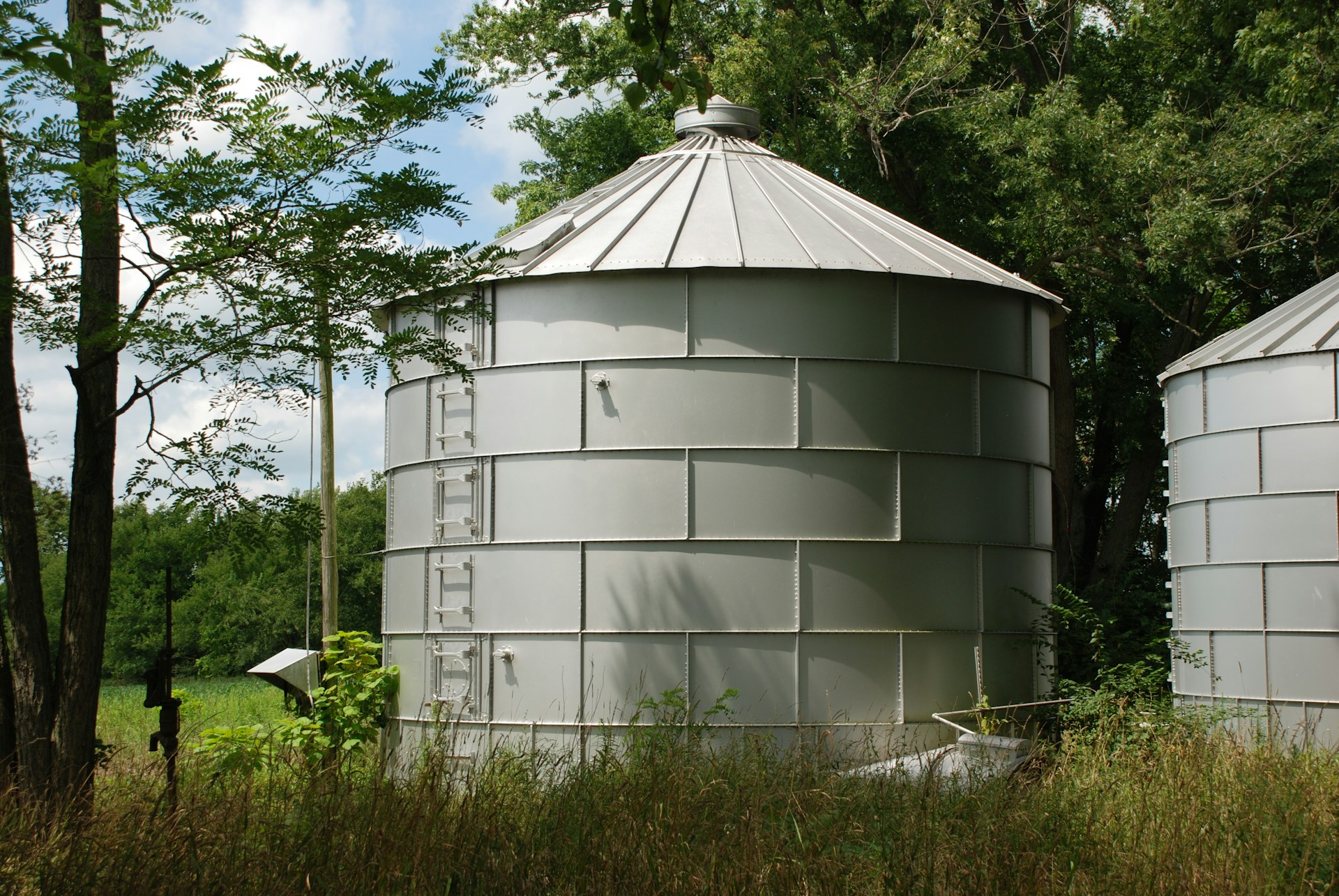
Keeping your tanks in top shape goes beyond regular cleaning and repairs. One crucial step often overlooked is routine tank inspections. These inspections are a proactive way to spot potential issues before they escalate into bigger problems, ensuring that your tank continues to operate smoothly and safely. Ignoring regular inspections can put your entire system at risk. Picture your tank as the heart of your water supply system; just like our bodies need check-ups, tanks need inspections to stay healthy. Regular assessments help identify early signs of wear and tear that might not be obvious at first glance.
The benefits of tank inspections extend beyond just preventing problems. They play a vital role in maintaining water quality, extending the life of the tank, and ensuring that everything functions efficiently. Hiring professionals to conduct these inspections can make all the difference. They have the expertise to detect issues that might otherwise be missed and ensure that your tank remains in optimal condition.
Understanding the Importance of Regular Tank Inspections
Regular tank inspections are necessary for a number of reasons. First, they help in catching small issues before they turn into major repairs, saving money and hassle in the long run. Neglected tank maintenance can lead to severe consequences, such as contamination of the water supply, structural failure, and costly emergency repairs. Missing out on regular checks can lead your tank down a path of unforeseen issues, which could have been easily addressed if caught early.
Professional inspectors are trained to notice even the smallest signs of trouble. From weakened structures to faulty connections, they provide a thorough evaluation of your tank’s condition. Their expertise ensures all parts are functioning correctly and can help in recommending timely maintenance or replacements. Relying on professional services for your tank inspections not only enhances safety but also adds to the longevity of your tank. This proactive approach offers peace of mind and assures that your system works efficiently without unexpected interruptions.
Understanding these fundamental reasons highlights why scheduling regular inspections should be an integral part of your maintenance routine. With professional help, you can keep your tanks in excellent condition and avoid unnecessary headaches in the future.
Signs Your Tank Needs an Inspection
Recognising the warning signs that a tank inspection is due can save you from headaches down the track. By keeping an eye out for key indicators, you can manage small issues before they spiral into significant concerns. One of the primary signs that your tank needs attention is the presence of visible corrosion or rust. These can compromise the tank’s structure, leading to leaks or contamination if not addressed promptly.
In addition to visible rust, listen for unusual noises or vibrations coming from your tank. These sounds can indicate internal issues like sediment buildup or malfunctioning mechanical parts. Changes in water quality are another red flag. If you notice any change in taste, colour, or smell, it might signal a problem that requires professional evaluation.
Lastly, observe your surroundings for any leaks or moisture around the tank area. A leaking tank is a critical concern that can put your water supply at risk. Being proactive and addressing these signs early ensures that your tank remains secure and efficient.
Key Issues Found During Tank Inspections
Tank inspections reveal a variety of challenges that need attention. One of the most common issues is structural damage, such as cracks, which can weaken the tank’s integrity. Addressing these cracks quickly can prevent further deterioration and possible failure.
Liner wear and tear is another frequent discovery during inspections. A compromised liner can lead to leaks and contamination, emphasizing the need for regular check-ups. Sediment buildup inside the tank can interfere with its operation and reduce storage capacity. This can also affect water quality, making it crucial to clear sediment promptly.
Problems with tank fittings and connections also surface during inspections. Loose or corroded connections can lead to leaks and inefficiencies. Ensuring these are in good condition boosts the performance and safety of your tank system.
Steps to Take After Identifying Issues
Once you’ve identified an issue with your tank, addressing it efficiently is key to preventing further complications. Start by taking immediate measures to mitigate any damage. If there’s a leak, for instance, contain it as much as possible and ensure that no further contamination occurs.
Next, reach out to professionals for a full evaluation and detailed repairs. They can assess the situation comprehensively and provide solutions tailored to your tank’s needs. It’s also wise to schedule regular follow-up inspections to monitor any ongoing repairs and ensure no new issues have surfaced. Consistent check-ups help maintain peace of mind and system reliability.
The Benefits of Staying Ahead
Carrying out regular tank inspections and addressing issues quickly not only prolongs the lifespan of your tank but also enhances its efficiency and safety. By preventing major repairs and avoiding service disruptions, you keep costs down while ensuring a dependable water supply. This diligence with inspections also supports compliance with water quality and safety standards, benefiting both your system and the community it serves.
Regular check-ups ensure your tank performs optimally and avoids unexpected problems. If you’ve noticed any signs that your tank might need attention, why not get ahead of potential issues? Learn how our expert team can support you with thorough tank inspections that help keep your system in top condition. Trust ATM Tanks to provide the detailed assessments needed to protect and maintain your tank for the long run.
- Five Essential Tips for Tank Waterproofing - November 16, 2025
- The Best Methods for Industrial Tank Cleaning - November 16, 2025
- Proper Techniques in Tank Cleaning for Food Storage - November 16, 2025






